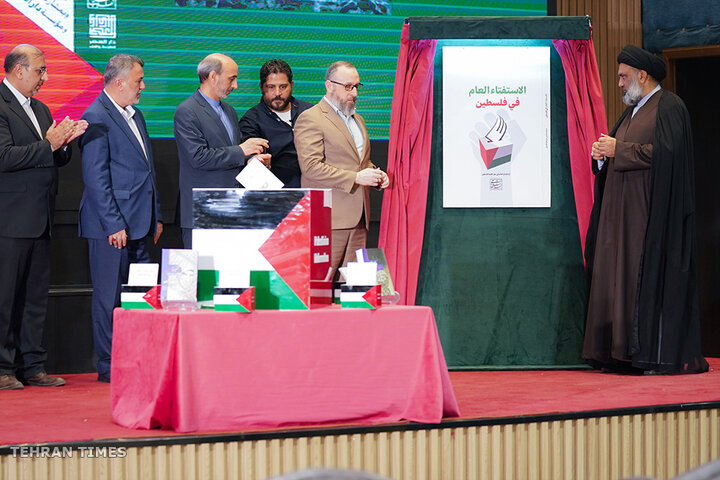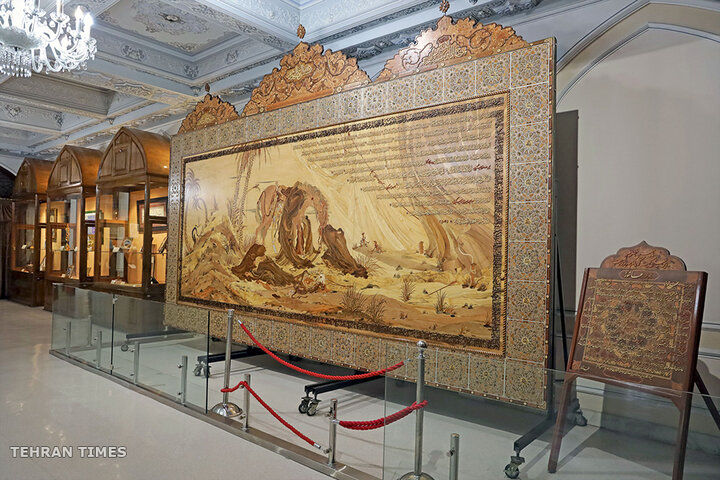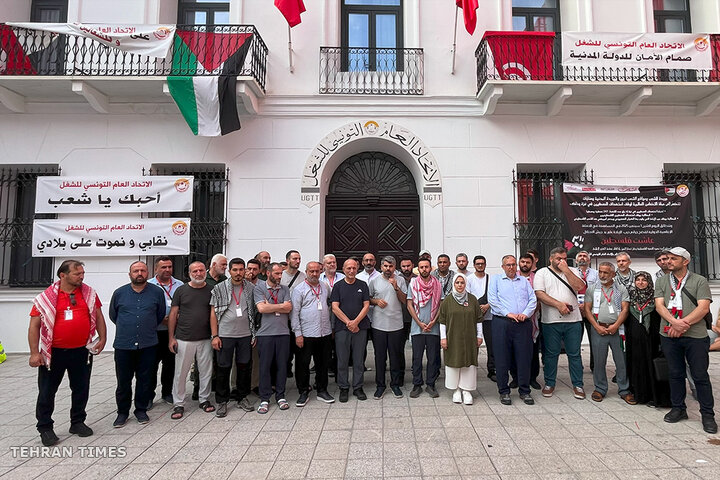-
 2025-10-17 21:28
2025-10-17 21:28
By Mona Hojat Ansari
Larijani and Putin discuss economic, regional and international cooperation in Moscow
Meeting came a day before Russia called on countries to end JCPOA restrictions on Iran's nuclear program
TEHRAN – Secretary of Iran’s Supreme National Security Council (SNSC) Ali Larijani spent a day in Moscow on Thursday. The main purpose of his visit was to convey a message from the Leader of the Islamic Revolution, Ayatollah Seyyed Ali Khamenei, to President Vladimir Putin, though neither side has elaborated on what the message contained.
-
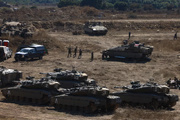
By Sondoss Al Asaad
Israel seeking to turn South Lebanon into a de facto buffer zone
Lebanon facing environmental, cultural, and military assaults
BEIRUT—Lebanon is experiencing a complex moment, facing continuous Israeli bombardment, severe political divisions, and increasing economic and diplomatic pressures.
-

By Shahab Sarmadi
Hamas takes on Israel’s mercenaries in Gaza
TEHRAN – More than a week after the October 10 ceasefire, Gaza continues to face sustained military pressure, with Palestinians remaining under severe threat from Israel’s ongoing operations. Although Israeli forces have partially withdrawn from some residential areas in central Gaza, local armed groups, linked to Israel’s Shin Bet security agency, continue to target resistance fighters and civilians alike. These actions undermine prospects for lasting peace and highlight Israel’s continued efforts to destabilize Gaza from within.
-

By Wesam Bahrani
Hamas rejects international custodianship
TEHRAN – The head of Hamas’s Prisoners and Martyrs Office has rejected any plans to establish international governance in Gaza.
-

Pezeshkian says enemy can’t cripple Iran via sanctions or threats
TEHRAN – The Iranian president says the enemy will not be able to bring Iranians to their knees through sanctions and threats.
-

Yazdan Saadi’s "Tehran Times" exhibition revives Iranian mythology through contemporary art
TEHRAN-An exhibition of paintings by Iranian artist Yazdan Saadi is currently underway at Saless Gallery.
Politics
-

Iran remains open to dialogue but rejects coercion, says senior diplomat
TEHRAN – A senior Iranian diplomat has reaffirmed the Islamic Republic’s readiness for negotiations while underlining its firm stance against coercion or imposed conditions.
-

Araghchi discusses bilateral and global issues in series of Kampala meetings
TEHRAN – Iran’s Foreign Minister Abbas Araghchi held a series of diplomatic meetings with his counterparts from various countries on the sidelines of the 19th Mid-Term Ministerial Meeting of the Non-Aligned Movement (NAM) in Kampala, Uganda, to discuss bilateral relations and multilateral cooperation.
-

Fragile ceasefire in Gaza: Challenge of achieving lasting peace
The recent declaration of a ceasefire in Gaza has been met with cautious optimism by the international community. While U.S. President Donald Trump and other global leaders have framed it as a potential turning point, the situation on the ground suggests that the road to lasting peace remains deeply uncertain.
Sports
-

Lebanon beat Iran at AFC U17 Women’s Asian Cup 2026 Qualifiers
TEHRAN - A stirring second half performance saw Lebanon overcome Iran 2-0 in their AFC U17 Women’s Asian Cup China 2026 Qualifiers Group A tie on Friday.
-

Gharibshahi snatches gold at 2025 World Para Powerlifting Championships
TEHRAN - Iran’s Aliakbar Gharibshahi claimed the title of the men’s 107 kg category at the 2025 World Para Powerlifting Championships.
-

Marziyeh Jafari named 2025 AFC Women Coach of the Year
TEHRAN - History was made at the AFC Awards Riyadh 2025 on Thursday as Marziyeh Jafari became the first-ever AFC Coach of the Year (Women) winner from Iran.
Culture
-

Yazdan Saadi’s "Tehran Times" exhibition revives Iranian mythology through contemporary art
TEHRAN-An exhibition of paintings by Iranian artist Yazdan Saadi is currently underway at Saless Gallery.
-
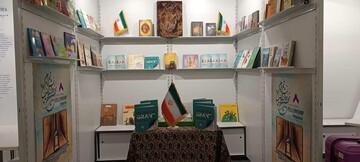
Iran attending Frankfurt Book Fair after three-year hiatus
TEHRAN – Iran is participating in the 77th Frankfurt Book Fair, after a three-year hiatus, which is underway in Frankfurt, Germany.
-

Three foreign plays to attend 6th Kish International Short Theater Festival
TEHRAN – Three foreign plays will be staged in the international section of the 6th Kish International Short Theater Festival, which will kick off in Kish Island, in the Persian Gulf, on Saturday.
Economy
-

Tehran, St. Petersburg exchanges take first step toward regional energy market alliance
TEHRAN – The Iran Energy Exchange (IRENEX) and the St. Petersburg International Mercantile Exchange (SPIMEX) signed a memorandum of understanding on Wednesday to establish joint trading mechanisms — a move both sides see as the first step toward a regional alliance of energy exchanges.
-

Iran, Vietnam push to expand trade, joint production ties
TEHRAN – Iran’s Trade Promotion Organization (TPO) and Vietnamese Embassy in Iran have emphasized expanding joint production and sharing export experience, building on several cooperation agreements already signed between the two countries.
-

Aluminum ingot output exceeds 300,000 tons in H1
TEHRAN - Production of aluminum ingot in Iran reached 307,386 tons in the first half of the current Iranian calendar year (March 21-September 22), according to the data released by the Iranian Mines and Mining Industries Development and Renovation Organization (IMIDRO).
Society
-

DOE chief attending global Zero Waste Forum
TEHRAN – A delegation led by the head of the Department of Environment, Shina Ansari, is participating in the global Zero Waste Forum, being held in Istanbul from October 17 to 19.
-

Iran highlights preserving marine environment at MEPC
TEHRAN – Ali Mousavi, the representative of Iran to the International Maritime Organization (IMO), has addressed the Extraordinary Session of the Marine Environment Protection Committee (MEPC), underlining the country’s view on the significance of protecting the marine environment.
-

Minister urges WHO to protect health against sanctions
TEHRAN – Health Minister Mohammad-Reza Zafarqandi has referred to sanctions as silent wars against public health, urging the World Health Organization (WHO) and member states to safeguard health systems from political pressures and sanctions.
Tourism
-
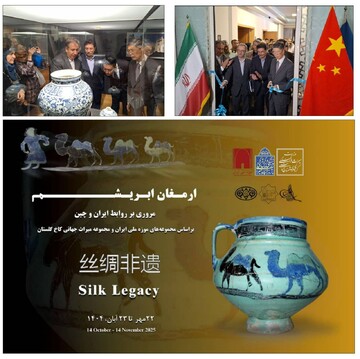
“Silk Legacy” exhibition celebrates centuries-old cultural ties between Iran and China
TEHRAN— The National Museum of Iran has opened the exhibition “Silk Legacy: A Review of Iran–China Relations,” highlighting the enduring cultural and historical connections between the two ancient civilizations
-

Nahavand ancient fortress to be revived in major restoration effort
TEHRAN – The ancient fortress of Nahavand, also known as the Yazdegerd Citadel, is set to undergo restoration as part of a significant cultural heritage initiative in west-central Iran.
-

Iran-China joint cultural heritage plays effective role in deepening ties
TEHRAN--Joint cultural heritage of Iran and China plays an effective role in deepening relations between the two countries and should be considered as a bridge between the hearts of the people of the two nations, said Minister of Cultural Heritage Reza Salehi-Amiri.
International
-

Hamas takes on Israel’s mercenaries in Gaza
TEHRAN – More than a week after the October 10 ceasefire, Gaza continues to face sustained military pressure, with Palestinians remaining under severe threat from Israel’s ongoing operations. Although Israeli forces have partially withdrawn from some residential areas in central Gaza, local armed groups, linked to Israel’s Shin Bet security agency, continue to target resistance fighters and civilians alike. These actions undermine prospects for lasting peace and highlight Israel’s continued efforts to destabilize Gaza from within.
-

Israel seeking to turn South Lebanon into a de facto buffer zone
BEIRUT—Lebanon is experiencing a complex moment, facing continuous Israeli bombardment, severe political divisions, and increasing economic and diplomatic pressures.
-

Hamas rejects international custodianship
TEHRAN – The head of Hamas’s Prisoners and Martyrs Office has rejected any plans to establish international governance in Gaza.
Video Comment
-

Culture minister highlights year of progress in arts, global image enhancement
-

Gazan Journalists attacked by Israel
-

Brother of Iranian scientist murdered in Israeli strike speaks out
-
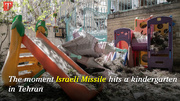
Footage shows Israel hit a kindergarten in Tehran
-

Delegates and ambassadors from 28 countries visited the IRIB building
Most Viewed
-
IAEA access to Iran's nuclear sites to stay restricted
-
Germany refuses to deny report of secret pact with Israel
-
Victory for Gaza and the Axis of Resistance
-
'Let him die'
-
Ceasefire or a new beginning?
-
Non-Aligned Movement in a shifting global landscape: Reflections ahead of Kampala ministerial
-
Gaza ceasefire a pause, not the end of the war, says Egyptian sociologist
-
Lebanon between Israeli aggression and international pressure
-
Iran boosts oil output to 3.25m bpd in September: OPEC
-
Pezshkian enacts comprehensive law to regulate civilian drone operations
-
Tehran ready to cooperate with NAM states to advance shared ideals: Araghchi
-
Israel killing civilians despite Gaza truce
-
Five Iranian films to attend 38th International Documentary Film Festival Amsterdam
-
SATBA to ollaborate with rural councils to build solar power plants in villages
-
Iran’s victory over Tanzania fails to silence critics


